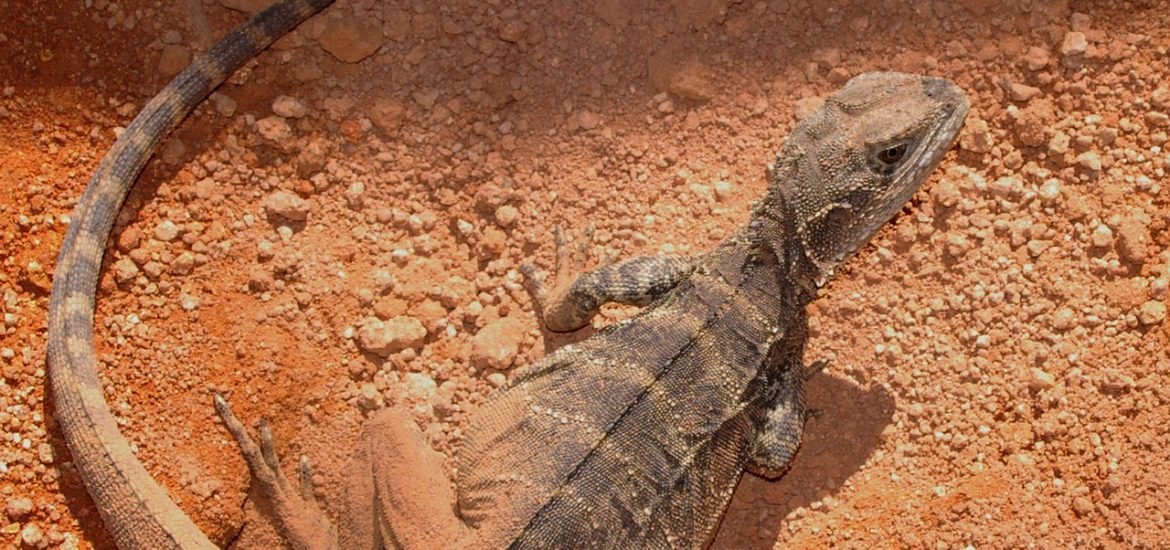
Early reptiles and birds may have born live young, according to a study published in the scientific journal Nature Ecology and Evolution.
Until now, researchers thought that the hard-shell egg was always present in amniotes, a group of vertebrates that undergo embryo development inside an egg. However, a team from the University of Bristol, UK, analysed 51 fossils and 29 living species of both oviparous (laying eggs) and viviparous (giving birth to live offspring) animals and found that early birds and reptiles may have born live young similar to mammals.
The results suggest that the branches of Amniota, namely Mammalia, Lepidosauria (lizards), and Archosauria (dinosaurs, crocodilians, birds), were once viviparous species and retained their offspring at least during part of their embryonic development. This is called extended embryo retention (EER).
“Before the amniotes, the first tetrapods to evolve limbs from fishy fins were broadly amphibious in habits. They had to live in or near water to feed and breed, as in modern amphibians such as frogs and salamanders,” said Professor Michael Benton from Bristol’s School of Earth Sciences. “When the amniotes came on the scene 320 million years ago, they were able to break away from the water by evolving waterproof skin and other ways to control water loss. But the amniotic egg was the key. It was said to be a ‘private pond’ in which the developing reptile was protected from drying out in the warm climates and enabled the Amniota to move away from the waterside and dominate terrestrial ecosystems.”
However, this view has now been challenged. “Biologists have noticed many lizards and snakes display flexible reproductive strategies across oviparity and viviparity,” said Professor Baoyu Jiang. “Sometimes, closely related species show both behaviours, and it turns out that live-bearing lizards can flip back to laying eggs much more easily than had been assumed.”
“Also, when we look at fossils, we find that many of them were live-bearers, including the Mesozoic marine reptiles like ichthyosaurs and plesiosaurs,” added Dr. Armin Elsler. “Other fossils, including a choristodere from the Cretaceous of China, show the to-and-fro between oviparity and viviparity happened in other groups, not just in lizards.”
“Our work, and that of many others in recent years, has consigned the classic ‘reptile egg’ model of the textbooks to the wastebasket,” said Professor Benton. “The first amniotes had evolved extended embryo retention rather than a hard-shelled egg to protect the developing embryo for a lesser or greater amount of time inside the mother, so birth could be delayed until environments become favourable.”
Jiang, B., He, Y., Elsler, A. et al. Extended embryo retention and viviparity in the first amniotes. Nat Ecol Evol (2023).https://doi.org/10.1038/s41559-023-02074-0